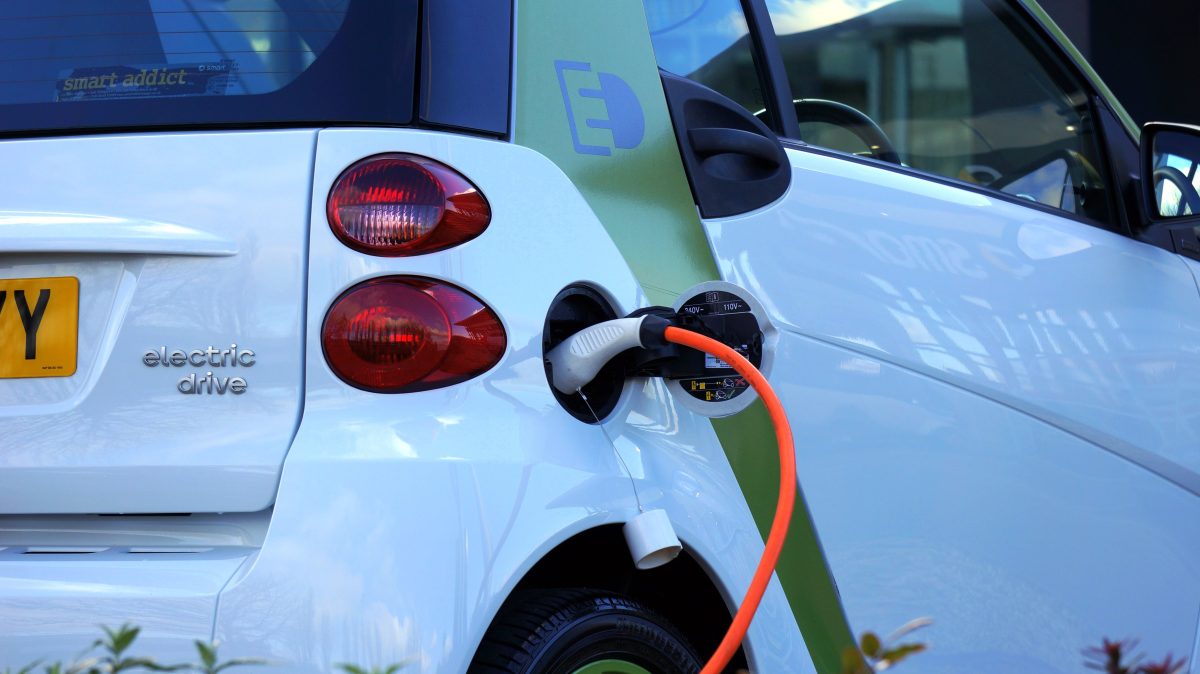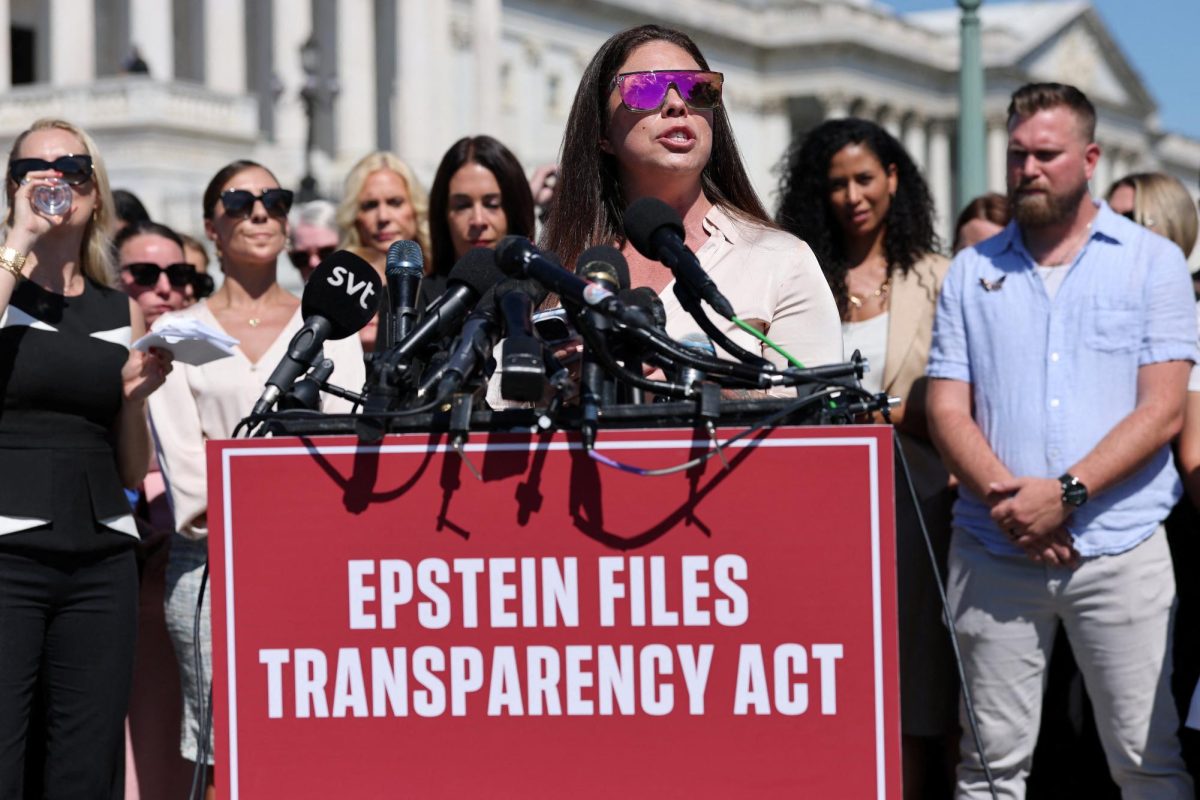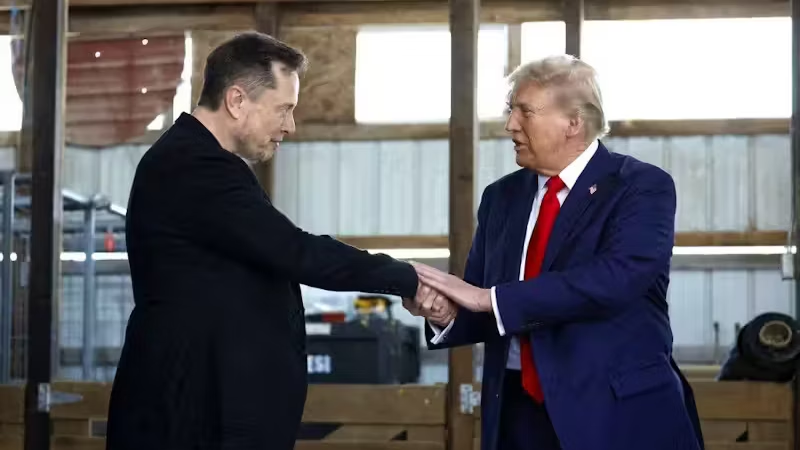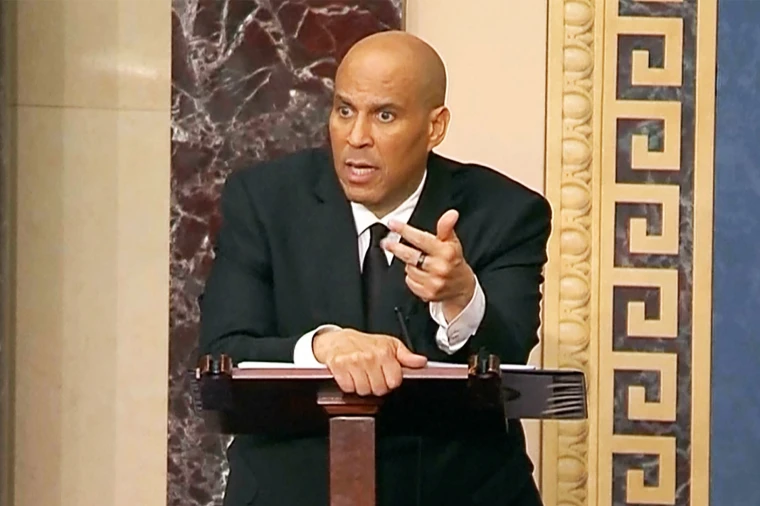Over the years, it has become evident that our climate is changing. With more frequent and intense droughts, floods, and wildfires, ecosystems all over the globe are experiencing the consequences of rising temperatures and carbon emissions. Accounting for almost 90% of carbon dioxide emissions are fossil fuels, including coal, oil, and gas, more specifically those produced via methods of transportation. On average, a typical passenger vehicle emits 4.6 metric tons of carbon dioxide per year. When supplemented with the millions of Americans driving cars, this ultimately makes up 16.4% of greenhouse gas emissions in the US. In efforts to combat these emissions, the Biden administration passed the Inflation Reduction Act, investing $369 billion to take the most aggressive action in confronting the climate crisis.
When taking a closer look at the biggest climate investment in American history, a centerpiece of the bill was to accelerate America’s transition to electric vehicles (EV). The plan works to simultaneously supercharge the production and consumption of electric vehicles in the United States by leveraging on incentives.
On the production side of electric vehicles, this investment strives to substantially increase the number of American-made EVs. The signature climate bill includes tax credit incentives for companies in every step of the manufacturing process. For example, the companies in Nevada mining for the minerals necessary to produce the batteries for electric cars have reduced taxes because they are working on American soil. Mineral processing plants and assembly centers also receive tax breaks. Through alleviating some of the burden from taxes, the federal government makes the production of electric vehicles in the United States more appealing to companies. As a result, EV production in the United States has significantly increased in recent years, with some even calling it a “Manufacturing Renaissance”. The incentive has also contributed to a surge of new jobs in the United States, adding more than 30,000 jobs in the energy sector since 2021. Furthermore, EV production has generated an entire ecosystem of new businesses. As stated in a recent episode of “The Daily”, published by The New York Times, “Tax breaks have tremendous force in our economy and are in this case, fundamentally transformative”.
Beyond establishing an American-based manufacturing infrastructure for electric vehicles, the national climate bill also works to increase the sales of EVs. This means that although incentivizing the production of these vehicles is important, it is also critical that there is consumer appeal. To do this, the federal government aims to address the main concern for most potential owners: the cost. As of 2023, the average electric car is two times the price of a gasoline powered vehicle, making it virtually impossible for the majority of Americans to buy an EV. To combat this widespread concern, the government began offering a $7,500 tax credit to individuals who purchase an electric vehicle. The catch? In order to qualify for the cash incentive, the vehicle must meet a certain threshold for the amount of parts manufactured in the US. By doing this, the goal was that consumption would drive the demand for American-made EV’s, further stimulating production. Unfortunately, given the premature and underdeveloped infrastructure in the United States, the majority of vehicles have been failing to meet the given standards. Without the consumer incentive to lower the cost, Americans are deterred from purchasing the cars and many electric vehicles are stuck in lots. The harsh discrepancy between production and consumption rates has motivated a shift in the national investment; more money will be used to incentivize the supply chain for electric vehicles, and once production is well established, money will then be redirected towards encouraging consumers.
Another common reservation many have towards electric vehicles, aside from the cost, is the widespread sense of range anxiety, which can be most accurately described as the concern about charging accessibility for EVs. Many fear that due to the lack of infrastructure for electric vehicles and sporadic charging stations, it will be overwhelmingly inconvenient to charge their EV. It is concerns such as this that ultimately drove the redirection of federal aid towards aiding the production side of electric vehicles, rather than consumption.
Similarly, Governor Gretchen Whitmer launches a plan to lower the cost of electric vehicles on a state level. Whitmer proposes a Michigan tax rebate of $2,500 for a union-made hybrid or electric vehicle or $2,000 for a non-union made electric or hybrid vehicle. Combined with the $7,500 federal tax credit, a Michigan resident could receive up to $10,000 off an electric vehicle.
Outside of Michigan, other states take similar legislative action in order to accelerate the transition towards cleaner transportation. States including Connecticut, Florida, Alaska, and Nebraska, offer cash rebates for those who purchase electric vehicles. Other states like Arizona, California, and Mississippi, leverage on tax credits to incentivize EV’s.
Between state and national legislation aimed towards alleviating the financial burden of electric vehicles, there is no doubt that we are moving towards a greener future. However, other concerns about the government’s transition towards EV’s involve the longevity of the climate bill following the Biden administration. More specifically, many feel questions surrounding the infrastructure for manufacturing, consumer trust, as well longevity of the climate bill following the Biden administration. Many feel as though any progress made towards greener energy will be reversed, should a Republican candidate take office in the 2024 presidential election. However, given that a large number of red states—South Carolina, Texas, Alabama—take the lead in EV manufacturing and employment, and reap the subsequent economic benefits of increased employment, it is likely that the Inflation Reduction Act will remain popular regardless of which party takes over office.
In spite of the various predicted levels of economic and environmental success, many questions still remain unanswered and are ultimately left up to the test of time. Although nothing is perfect yet, incentivizing electric vehicles is one step closer to becoming a more eco-friendly nation.









